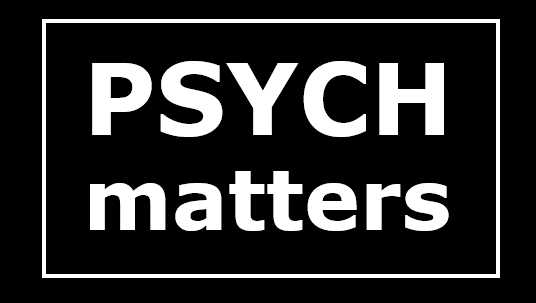Gmail: Canned Responses
I use Phrase Express for all of my canned response needs (see this post, for example), but for those of you who just want canned responses in Gmail, check out this Google Labs option. Enabling Canned Responses In Gmail, go to settings by clicking on the cog icon on the far right, and select “Settings”. Click on the “Labs” tab. Scroll down to “Canned Responses” and check “Enable”. Creating a Canned Response Compose a new email. Type up whatever you’d like to save as a response. Click on “Canned responses”. Add a “New canned response…”. Selecting it generates a popup that asks you to nameRead More →
